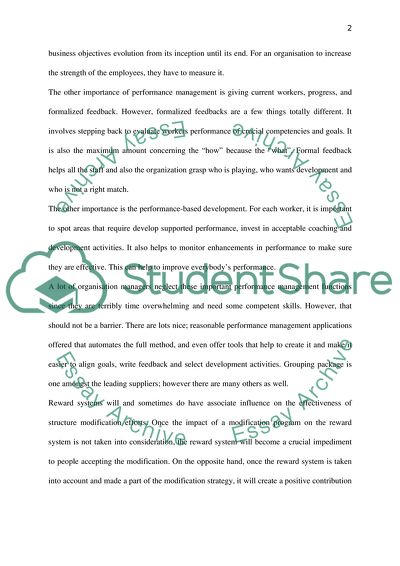Cite this document
(“Performance Management And Reward System Essay Example | Topics and Well Written Essays - 2500 words”, n.d.)
Performance Management And Reward System Essay Example | Topics and Well Written Essays - 2500 words. Retrieved from https://studentshare.org/human-resources/1609671-human-resource-management-in-context
Performance Management And Reward System Essay Example | Topics and Well Written Essays - 2500 words. Retrieved from https://studentshare.org/human-resources/1609671-human-resource-management-in-context
(Performance Management And Reward System Essay Example | Topics and Well Written Essays - 2500 Words)
Performance Management And Reward System Essay Example | Topics and Well Written Essays - 2500 Words. https://studentshare.org/human-resources/1609671-human-resource-management-in-context.
Performance Management And Reward System Essay Example | Topics and Well Written Essays - 2500 Words. https://studentshare.org/human-resources/1609671-human-resource-management-in-context.
“Performance Management And Reward System Essay Example | Topics and Well Written Essays - 2500 Words”, n.d. https://studentshare.org/human-resources/1609671-human-resource-management-in-context.


